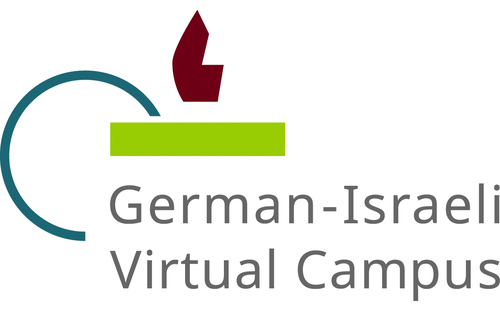Taphonomy in time and space
This is an advanced course in archaeozoology, focusing on taphonomy, which involves the post-mortem, pre-burial and post-burial histories of animal remains. The effect of taphonomy on archaeological animal bone assemblages is often underestimated, and yet taphonomy plays a major role in shaping our primary research material: species distribution and frequencies, frequencies of different skeletal elements and age and gender data. We will present and then discuss the major taphonomic agents and processes. We will pay special attention to how taphonomy may affect assemblages of different chronological and geographical origin – and discover whether this is caused by cultural differences.
Each university has introductions to archaeozoology as part of the curriculum of archaeology, as well as further courses that deal with the application of scientific methods in archaeology. This course will offer master and doctoral students from both universities the opportunity to further explore this field combining information from varied chronological and geographical areas, while enhancing new methodologies.
The course starts with a brief summary of archaeozoological methods for those less familiar with archaeozoology, followed by an introduction to taphonomy (theoretical background of the field, major taphonomical agents and processes: human and animal modes of accumulating and damaging animal parts). The remainder of our meetings will consist of a detailed study of modes of fragmentation, skeletal elements, burning, butchery, gnawing and diagenesis processes. In the choice of appropriate methodology and case studies, Prof. Rabinovich will focus on earlier time periods, while Dr. Groot will cover later prehistoric and historic periods.
Students will be given the task to find academic papers for each topic and to read and discuss these critically, and analyse, compare and interpret archaeozoological data sets, focusing on taphonomy (from our own research or published data). Students from HUJI will work with students from FUB to fulfil certain course assignments. An active blog will be created to follow the course activities. In the blog, students and teachers can reflect on their experiences during the course. At the end of the course, we will plan a reciprocal visit (alternated years between HUJI and FUB), to complete the final task of the course. The final assignment for the course consists of writing a short paper on an independent research project by the HUJI and FUB students together and presenting it in class in a half-day symposium.
This course is taught by Prof. Rivka Rabinovich (HUJI) and Dr. Maaike Groot (FU Berlin).
